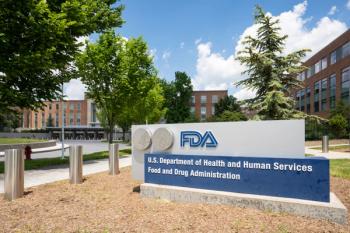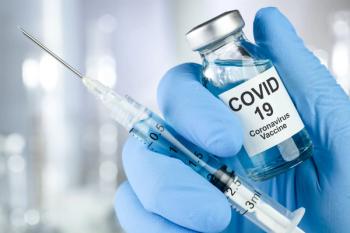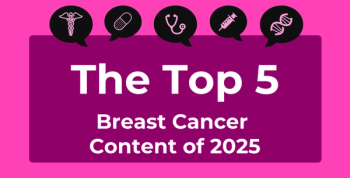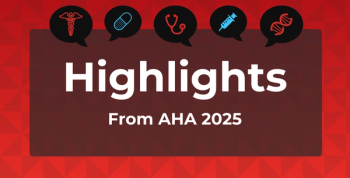
Adjuvant Therapy for Early-Stage NSCLC After Surgery Yields Lower Costs
Adjuvant therapy, instead of just surgery alone, for early-stage non-small-cell lung cancer (NSCLC) after surgery incurs lower medical costs than surgery alone.
Management of early-stage
NSCLC makes up approximately 84% of lung cancer cases, which is the third most commonly diagnosed cancer and the top cause of cancer-related death in the United States. A large number of patients with resected early-stage NSCLC encounter recurrence after surgical resection, and current treatment guidelines advise adjuvant therapy to decrease the risk of recurrence.
The goal of this study was to quantify the economic burden of early-stage NSCLC in patients with and without adjuvant therapy.
The cost burden of lung cancer treatment in the US has been estimated to be at $1.5 billion in 2019, necessitating timely and effective treatment for patients with NSCLC for both clinical and economic reasons. Solidifying the clinical and economic benefits of adjuvant treatment is vital for directing medical decisions that can improve early-stage NSCLC prognosis through optimization of disease management.
All-cause and NSCLC-related health care resource utilization and medical costs were evaluated among patients with resected stage 1B-3A NSCLC in the SEER–Medicare database in data obtained between January 1, 2011, through December 31, 2019, from MSCLC diagnosis to death, conclusion of continuous enrollment, or end of data availability, whichever happened first.
It was found that patients who received adjuvant therapy had the lowest average NSCLC-related medical costs (adjuvant: n = 1776, $3738 per-person-per-month [PPPM]; neoadjuvant: n = 56, $5793 PPPM; both: n = 47, $4818 PPPM; surgery alone: n = 3478, $4892 PPPM), motivated by lower NSCLC-related hospitalization rates.
This study confirmed previous study findings that fewer patients than were eligible were receiving adjuvant therapy. Most patients with stage 1B-2B and over a third of patients with stage 3A were not receiving any treatment following surgery.
The researchers found that patients with later disease stages at diagnosis possessed higher rates of all-cause and NSCLC-related health care resource utilization (HRU) and medical costs, implying the importance of early screening and detection of NSCLC. Adjuvant therapy was linked with lower average medical costs—primarily attributable to a lower hospitalization rate—than those who only received surgery.
“The association between adjuvant therapy and death must be interpreted with caution, as patients who received adjuvant therapy were more likely to have stage [3A] disease,” said the researchers.
Additionally, it was also found that patients with later disease stages at diagnosis possessed higher all-cause and NSCLC-related HRU and medical costs, which were most expensive during the surgery phase. It was also found that NSCLC-related medical costs made up most of all-cause medical costs.
“In addition, our study found that hospitalization, followed by outpatient visits, was the major driver of NSCLC-related costs, especially for those with later disease stages at initial diagnosis. This finding is consistent with three other studies in the US and Canada that found hospitalization to make up the majority of NSCLC or lung cancer-related costs,” said the researchers.
Future studies analyzing the causal effect of adjuvant therapy on HRU and health care-related costs while adjusting for potential confounders is necessary.
“To our knowledge, this is the first study to comprehensively describe the HRU and economic burden of resected early-stage NSCLC by receipt of adjuvant and neoadjuvant therapies in the US,” said the researchers.
This study had some limitations. First, the results are descriptive and confounded by disease stages, and perhaps other patient characteristics. Secondly, large standard deviations for HRU and cost data were seen, suggesting high variability, but this is usually the case in observational studies.
“In conclusion, the cost burden in early-stage NSCLC was more than $7,000 PPPM during the study period, driven largely by hospitalizations and indicating the need for novel and effective therapies that can reduce healthcare burden,” finished the authors.
Reference
Apple J, DerSarkissian M, Shah A. Economic burden of early-stage non-small-cell lung cancer: an assessment of healthcare resource utilization and medical costs. J Comp Eff Res. Published online September 1, 2023. doi:10.57264/cer-2023-0107
Newsletter
Stay ahead of policy, cost, and value—subscribe to AJMC for expert insights at the intersection of clinical care and health economics.









































